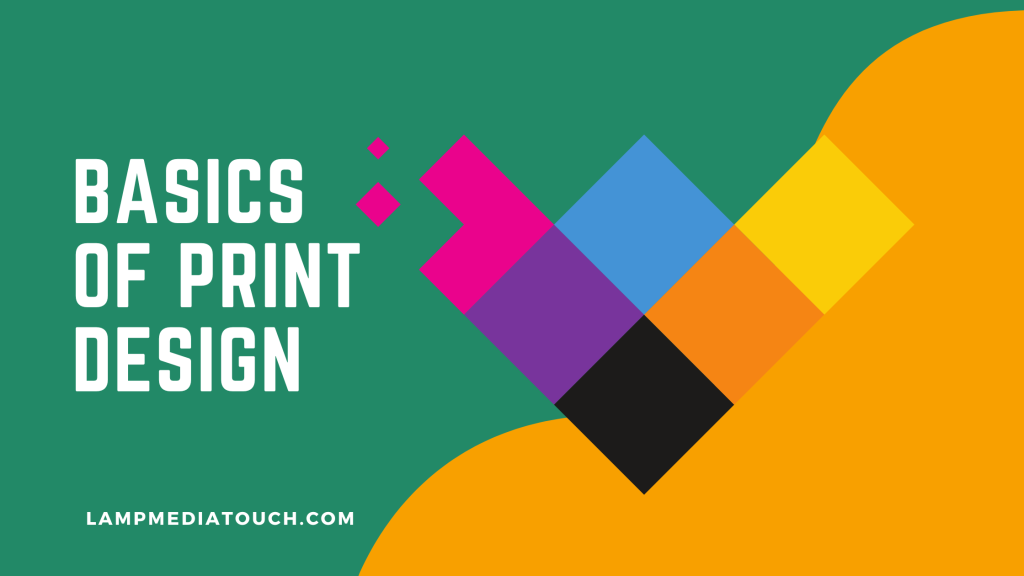Print design is a crucial aspect of graphic design that requires a deep understanding of color systems, bleed requirements, image resolution, proofreading, font management, and file submission. As a graphic designer, it is essential to master these fundamentals to create stunning print materials that accurately represent your client’s brand and vision.
In this article, we will explore the basics of print design and provide you with six essential tips that every graphic designer should know. By following these tips, you can ensure that your print projects are visually captivating, error-free, and meet the highest quality standards.
1. Master the Color Systems
Understanding color systems is paramount in print design. There are two major color systems: RGB (red, green, blue) for digital design and CMYK (cyan, magenta, yellow, key/black) for print design. RGB colors are used for web-based projects, while CMYK colors are essential for print materials.
When preparing your files for print, always convert them to CMYK to ensure accurate color representation. RGB screens often differ from print colors, and failure to convert may result in disappointing print outcomes. Be mindful of color accuracy by utilizing CMYK presets and adjusting color profiles as needed.
2. Design with Bleeds
Designing with bleeds is a powerful technique that adds impact to your print materials. Bleeds refer to extending artwork beyond the trim edges to avoid white borders after trimming. It is crucial to understand your printer’s standard bleed requirements, which typically range from one-eighth to one-quarter of an inch.
By incorporating bleeds into your designs, you create a seamless edge-to-edge visual experience. However, be cautious when positioning important content near the trim edges to avoid accidental trimming during the bindery process.
3. Optimize Image Resolution
Images play a significant role in print design, and maintaining high image resolution is crucial for achieving crisp and clear prints. Printers generally require images with a minimum resolution of 350 dpi (dots per inch). DPI measures the number of dots a printer can produce within an inch, ensuring sharp and detailed prints.
Using low-resolution images can result in grainy or pixelated prints, compromising the overall quality of your design. Always check your image resolution before submitting files for print and consult with your print shop’s pre-press department if you have any doubts about the suitability of your images.
4. Proofread Twice, Print Once
Proofreading is an essential step in any design process, as even a minor typo can significantly impact the final print. While spell-checkers can catch some errors, they may not detect incorrect word usage or context. Always proofread your designs meticulously to ensure accuracy and professionalism.
Take the time to read through your content at least twice, paying close attention to every detail. It is also beneficial to have a fresh pair of eyes review your work, as they may spot errors that you may have overlooked. Investing time in proofreading can save you from costly mistakes and maintain the integrity of your designs.
5. Outline and Manage Fonts
Font selection is a crucial aspect of graphic design, and managing fonts effectively is essential for seamless print production. While word processors offer a vast selection of fonts, graphic designers often have an extensive library of fonts on their computers.
To avoid font-related issues during printing, convert your text to outlines whenever possible. Converting text to outlines eliminates the need for printers to have access to specific fonts, ensuring consistent and accurate typography across different devices.
6. Submit High-Resolution PDFs with Crops and Bleeds
When it comes to submitting your final print files, high-resolution PDFs with crops and bleeds are the industry standard. PDF (Portable Document Format) is a versatile file format that preserves the integrity of your design elements, ensuring that they appear as intended when printed.
Including crops and bleeds in your PDFs allows printers to understand the intended trim area and ensures that your design extends beyond the trim edges. This professional approach saves time and minimizes the risk of errors during the printing process.
By following these six essential tips, you can elevate your print design skills and deliver exceptional results to your clients. Remember, attention to detail, color management, and thorough proofreading are key to creating visually stunning and error-free print materials.
Additional Information: While these tips provide a solid foundation for print design, it is essential to stay updated with industry trends, technology advancements, and new printing techniques. Embrace continuous learning and explore innovative ways to push the boundaries of print design.
Conclusion
Print design is a specialized field within graphic design that demands meticulous attention to detail and a deep understanding of the printing process. By mastering the basics of print design, such as color systems, bleeds, image resolution, proofreading, font management, and file submission, you can create visually captivating and error-free print materials that effectively convey your client’s brand message.
As a graphic designer, remember to always convert your files to CMYK, design with bleeds, optimize image resolution, proofread diligently, outline fonts, and submit high-resolution PDFs with crops and bleeds. By adhering to these fundamental principles, you can ensure that your print projects consistently meet the highest quality standards and leave a lasting impression on your clients and their target audience.
We trust that the above has served as a useful and informative resource for you. If you are interested in furthering your knowledge of print design or require assistance with your print design ventures, please visit our website at Lampmediatouch.com. Our team of skilled and enthusiastic print designers is ready to assist you with any print design obstacles. Whether it’s a logo, brochure, poster, book, or any other design, we are committed to providing you with top-quality and budget-friendly solutions. Reach out to us today and let us know how we can be of assistance. We eagerly await your response.

